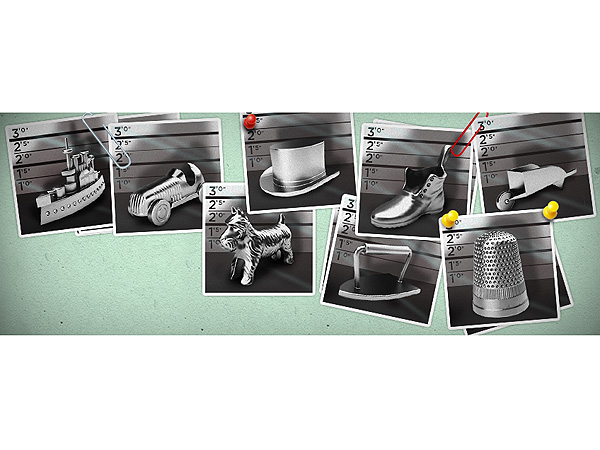News reports identified the women as Sakine Cansiz, a founder of the Kurdistan Workers’ Party, known by the initials P.K.K.; Fidan Dogan, the head of the institute and a representative of the Kurdistan National Congress, an umbrella group of Kurdish organizations in Europe; and Leyla Soylemez, a young Kurdish activist.
The women’s bodies were discovered shortly before 2 a.m. on Thursday, according to Agnès Thibault-Lecuivre, a spokeswoman for the Paris prosecutor’s office, who added that the antiterror department of the prosecutor’s office would oversee the investigation. She confirmed that Ms. Dogan, born in 1984, and Ms. Soylemez, born in 1988, were victims in the killings, but declined to confirm the identity of the third woman.
Asked about the motive, she said, “No hypothesis can be excluded at this stage.”
Visiting the crime scene on Thursday, Interior Minister Manuel Valls called the shootings “intolerable” and said they were “without doubt an execution.” The violence at the Kurdish Institute of Paris, in the city’s 10th Arrondissement near the Gare du Nord railroad station, seemed to open a new chapter in the often murky annals of Kurdish exile life.
In recent years, Turkey has sought to clamp down on the activities of Kurdish activists outside Turkey. Sizable exile communities in France, Germany, Belgium and Denmark have established civic and media organizations that Kurdish officials say are a refuge from Turkish censorship.
Turkey has accused some of the institutions of being fronts for separatist activities or terrorism.
Analysts in Turkey said it seemed to be no coincidence that the killings had come just days after reports of peace negotiations involving Abdullah Ocalan, the imprisoned leader of the P.K.K., who was incarcerated in 1999 in a fortresslike prison on the western Turkish island of Imrali.
While Kurdish militants blamed Turkey for the shootings in Paris, Turkish officials said the women could have been killed because of feuding within the P.K.K.
Huseyin Celik, the deputy chairman of the ruling party in Turkey, said the episode seemed to be part of an internal dispute but offered no evidence to support the claim.
“Whenever in Turkey we reach the stage of saying, ‘Friend, give up this business, let the weapons be silent,’ whenever a determination emerges on this, such incidents happen,” Mr. Celik told reporters in Ankara. “Is there one P.K.K.? I’m not sure of that.”
French police officials said a murder investigation had been opened. The bodies and three shell casings were found in a room at the institute. The women were all said to have held Turkish passports.
The P.K.K. has been fighting a bitter guerrilla war against the Turkish authorities for almost three decades to reinforce demands for greater autonomy. The conflict, which has claimed 40,000 lives, is fueled by competing notions of national identity rooted in the founding of modern Turkey by Mustafa Kemal Ataturk in 1923 on the ruins of the Ottoman Empire.
Turkey, the United States and the European Union have labeled the P.K.K. a terrorist organization, but sympathy for the group and its goals remains widespread in many towns in Turkey’s rugged southeast.
Restive Kurdish minorities span a broad region embracing areas of Turkey, Syria, Iraq, Iran and parts of the former Soviet Union. Regional turmoil in recent years has emboldened Kurdish separatists inspired by the example of the Iraqi Kurds, who control an autonomous zone. Turkey also fears that the civil war in neighboring Syria could strengthen the separatist yearnings of Kurds there, feeding Kurdish activism in Turkey.
The killings, which apparently took place Wednesday, inspired hundreds of Kurdish exiles to gather outside the institute on Thursday, chanting, “We are all P.K.K.!” and accusing Turkey of assassinating the three women, abetted by the French president, François Hollande.
The bodies were discovered by Kurdish exiles who had become concerned about the whereabouts of the women.
The victims had been alone in the building on Wednesday and could not be reached by telephone in the late afternoon, according to Leon Edart, who manages the center. Mr. Edart, speaking to French reporters, suggested that the victims opened the door to their killer or killers.
An organization called the Federation of Kurdish Associations in France, representing many of the estimated 150,000 Kurdish exiles in the country, said in a statement that the women might have been killed on Wednesday afternoon with weapons equipped with silencers.
Dan Bilefsky reported from Paris, Alan Cowell from London and Sebnem Arsu from Istanbul. Scott Sayare contributed reporting from Paris.











